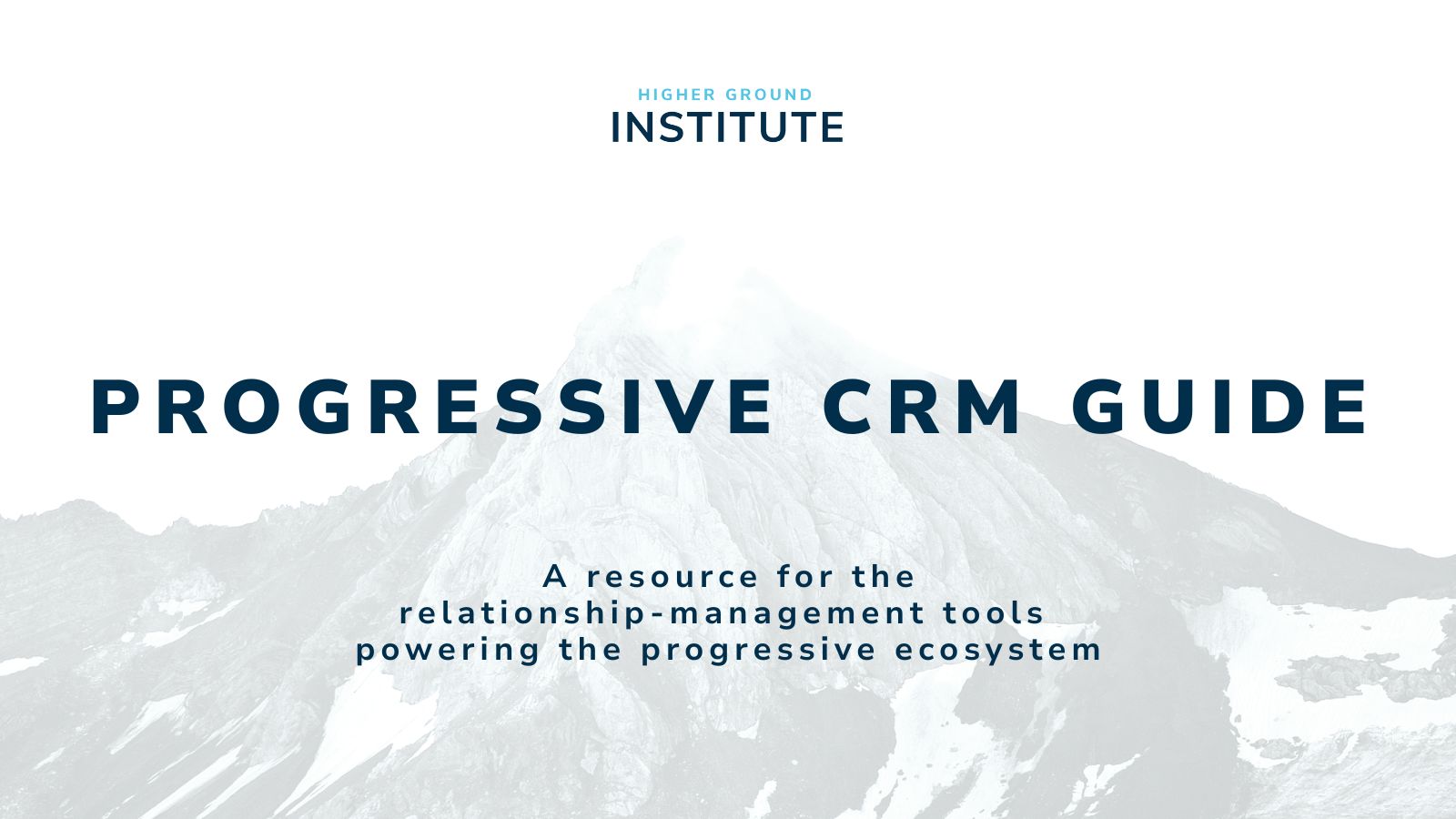Welcome, campaign tech buyers and digital strategists!
With the political season in full swing, every decision counts—especially when it comes to selecting the technology that will power your campaign. The urgency to lock in your tech by Independence Day, July 4th, goes beyond just beating the rush. It’s about setting your campaign up for success with a solid foundation of tools that integrate seamlessly and maximize efficiency from day one. 
The Strategic Importance of Early Tech Adoption
Traditionally, many campaigns have delayed their tech decisions until after Labor Day. In fact, our market survey revealed that 34% of campaign managers begin engaging with tech vendors only four to six months before elections. This compresses the timeline for deploying systems, training teams, and optimizing workflows just as campaigns reach their most critical phase. Delaying your purchasing decision incurs significant opportunity costs for your campaign. By prioritizing your tech stack decisions by July 4th, you secure not only a logistical edge but also a strategic advantage. This shift in timing allows your team ample opportunity to become thoroughly acquainted with the tools at their disposal. Such familiarity ensures that your campaign’s technology infrastructure is robust and fully operational, enabling effective voter outreach when it matters most. Betsy Hoover, co-founder of Higher Ground Labs, emphasizes this shift’s potential impact, stating, “[Moving up the campaign tech implementation timeline] can be a game-changer in the impact that this technology can have and the strength of our infrastructure heading into the midterms.” Her statement highlights how early adoption can fundamentally enhance the strategic capabilities of your campaign, setting a new standard for operational readiness and efficiency.  Survey insights gleaned from HGL’s 2022 Election Tech Survey.
Survey insights gleaned from HGL’s 2022 Election Tech Survey.
The 5 Steps For Selecting Political Tech
Choosing the right tech stack creates the foundation for your campaign’s infrastructure. It begins with a clear understanding of your campaign’s goals and the roles technology will play in achieving them. As you embark on this journey, consider the entire landscape of your campaign’s needs—from data management and volunteer coordination to digital advertising and voter outreach.
Engage Stakeholders Early
Start by engaging with your stakeholders. These are the people who will use these tools daily, and their insights are invaluable. Make sure their needs and concerns guide the decision-making process. Establishing a clear timeline and decision framework early on ensures that everyone knows what to expect and when to expect it. Regular updates, whether through emails or meetings, will keep everyone aligned with the progress.
Define Your Needs and Research Options
Next, map out your needs. Distinguish between essential features and nice-to-haves. This clarity will be crucial when you start engaging with vendors and comparing options. Utilize resources like the HGL Political Tech Portfolio Snapshots Tech Index from stac labs, Tools & Tech Guide from State Voices, and TMC Wiki for TMC members to understand the effectiveness and user feedback of potential tools. This research phase is critical as it informs the questions you’ll ask vendors and the features you’ll prioritize.
Vendor Engagement and Decision Making
As you connect with vendors, aim for a transparent discussion about how their products meet your needs. This is the time to dive deep into the functionalities that matter most to your campaign, such as integration capabilities, user-friendliness, and scalability. Invite key stakeholders to these discussions—they’ll provide additional perspectives that might influence your choices.
Consolidating Your Tech Stack
After gathering information and feedback, step back to review your options. Consider how these tools fit together as part of a larger ecosystem. Are there redundancies, or do all the pieces complement each other? Organizing your tech stack as a cohesive whole rather than as discrete tools will help you see the bigger picture and make better strategic decisions.
Final Selections and Implementation
Once you’ve made your selections, focus on implementation and training. Setting up these systems well ahead of the campaign’s peak will allow your team to get comfortable and proficient with the tools. This preparation is key to avoiding downtime and glitches when the campaign is in full swing.
Continuous Review and Adaptation
After the rollout, keep a close eye on how the technology is performing against your campaign goals. Are there areas where the tech is not living up to expectations? Is there unexpected value being added? Regular check-ins will help you tweak your strategies and ensure that your tech stack remains a robust support structure for your campaign. By choosing your campaign technology by July 4th, you not only set your campaign up for operational success but also contribute to a culture of preparedness and strategic foresight in the political technology space. This proactive approach ensures that your campaign leverages its digital infrastructure for maximum impact, giving you a distinct advantage as election day approaches. As you navigate these decisions, remember that the choice of technology can propel your campaign forward or hold it back. Choose wisely, and let Independence Day be the milestone that marks your readiness to engage and win. Share your journey and lessons learned with us at info@highergroundlabs.com or @HigherGroundLab on Twitter. Here’s to making powerful choices that shape the future of our campaigns!



